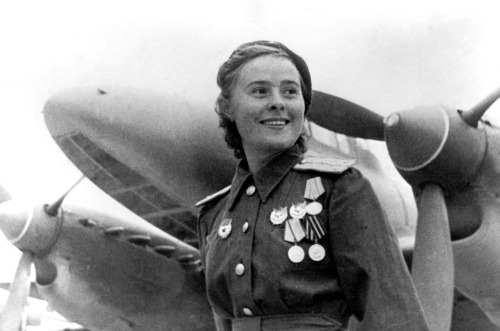This guest post was previously submitted anonymously to The Female Soldier tumblr blog in 2014:
Zaynab was an early follower of the Bab, a Shi'ite reform movement that laid the foundations for the later Baha'i Faith. Her story is recorded in The Dawn-Breakers, one of the key religious texts of the Baha'is.
A Bab'i insurrection was taking place across Iran due to the heavy handed suppression of the movement by the Shah, whose regime regarded them as heretics. A small town in northwestern Iran called Zanjan became a stronghold of the Bab'is, which brought it under attack by the Iranian army.
After several of the men of the 2,000 strong Bab'i garrison had died, Zaynab donned men’s wear, a sword, shield, and musket, and joined in defense of her faith. From The Dawn-Breakers:
“ Further evidence of the spirit of sublime renunciation animating those valiant companions was afforded by the behaviour of a village maiden, who, of her own accord, threw in her lot with the band of women and children who had joined the defenders of the fort. Her name was Zaynab, her home a tiny hamlet in the near neighbourhood of Zanjan. She was comely and fair of face, was fired with a lofty faith, and endowed with intrepid courage.
The sight of the trials and hardships which her men companions were made to endure stirred in her an irrepressible yearning to disguise herself in male attire and share in repulsing the repeated attacks of the enemy. Donning a tunic and wearing a head-dress like those of her men companions, she cut off her locks, girt on a sword, and, seizing a musket and a shield, introduced herself into their ranks. No one suspected her of being a maid when she leaped forward to take her place behind the barricade.
As soon as the enemy charged, she bared her sword and, raising the cry of "Ya Sahibu'z-Zaman!” flung herself with incredible audacity upon the forces arrayed against her. Friend and foe marvelled that day at a courage and resourcefulness the equal of which their eyes had scarcely ever beheld. Her enemies pronounced her the curse which an angry Providence had hurled upon them. Overwhelmed with despair and abandoning their barricades, they fled in disgraceful rout before her



















